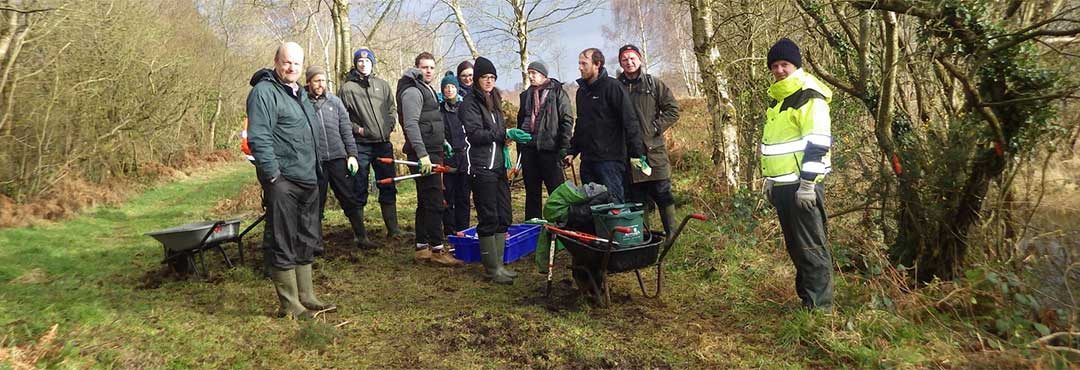Latin name: Emberiza citrinela
Family: Buntings
Description of the Yellowhammer
The Yellowhammer male has an unmistakable bright yellow head and underparts. Its back is brown streaked with a black and chestnut rump. In flight it has white outer tail feathers. The female Yellowhammer looks like the male but duller, appearing more brown in colour.
Size
Yellowhammers are approximately 16cm long, with a wingspan of 23-29cm. They weigh about 24-30g.
Historical Info
Yellowhammer numbers have declined more than 50% over the last 25 years. They began to decline on farmland in the mid 1980’s and have continued to drop ever since. They are now on the RSPB’s Red list of Birds which highlights endangered species.
In 1991, 30,000 birds lived in Northern Ireland. In 1997, there were only 11,000. Today only 5,000 live here. They are concentrated in County Down and the Foyle Basin. One of the problems is that although breeding performance has tended to improve, nest failure rates are relatively high.
The Yellowhammer’s Habitat
The Yellowhammer is found throughout the UK, and lives on lowland arable and mixed farmland and hedgerows. It nests in hedges, patches of scrub, and ditches, and prefers areas with a wide grass margin next to them, and a cereal crop next to the margin. They prefer hedges of up to two meters tall, and they will not nest until it is in full leaf. They can be seen all year round and often perches on hedges or bushes and sings.
Diet
The Yellowhammer eats seeds and grains in winter and insects in summer while feeding the young.
Threats to the Yellowhammer
The main reason for the loss of Yellowhammers is the reduction of winter seed food availability, which is a result of agricultural changes such as:
- Changes from spring to autumn sown cereal
- Reduction in quality and extent of winter stubble
- Reduction in weed and insect density due to more efficient pesticides
- Less split grain due to more efficient harvesting methods
- Large-scale removal and poorer quality of hedgerows and scrubland through inappropriate management
- Removal of edge habitats through cropping right up to the fence lines
Other factors:
- Less use of bruised barley in animal feed
- Loss of farmland to built developments
- Woodland planting on rough grazing and uncultivated farm corners
- Predation by corvids, raptors and domestic cats

